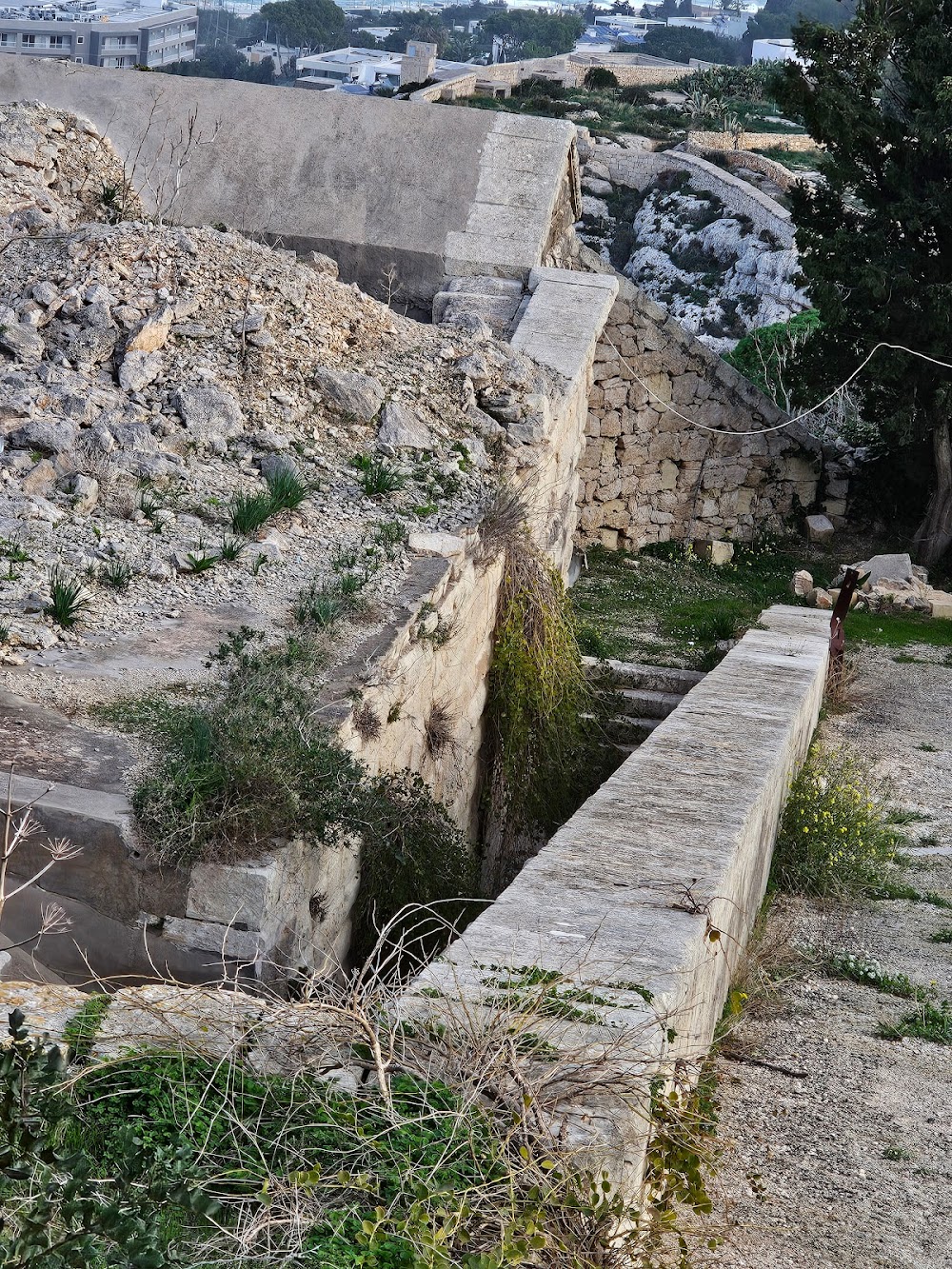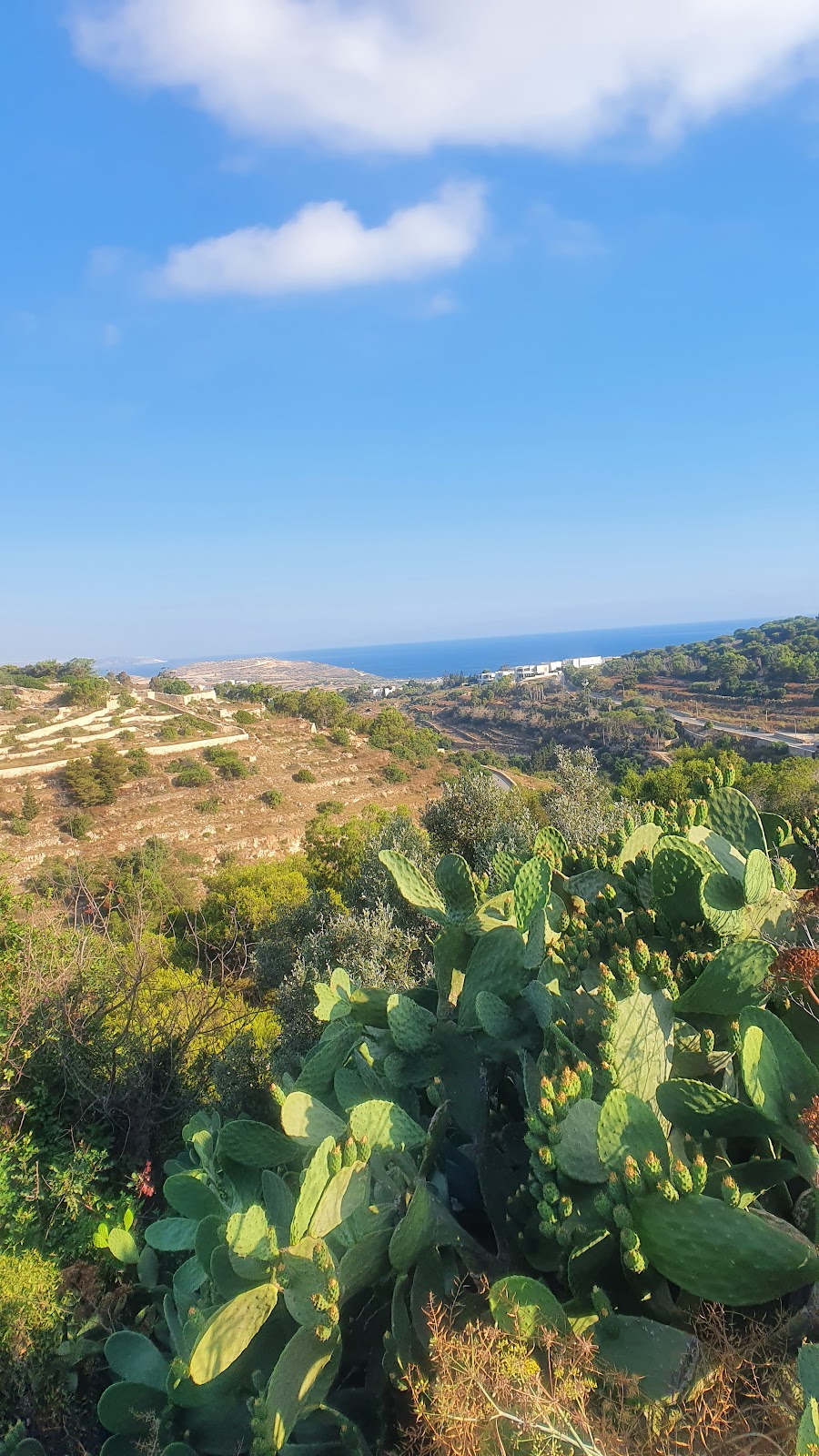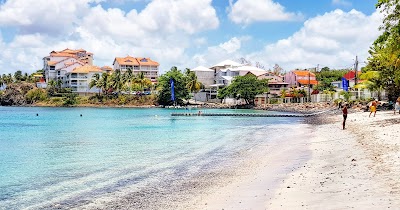Għargħur Natural Springs (Għejun Natura ta' Għargħur)
Related Places
Overview
Hofret ir-Rizz Spring is a natural wonder nestled in the charming town of Għargħur, Malta. This enchanting spring has served as a vital resource for the local residents for centuries, supplying fresh water essential for daily life and agriculture.
Geological Significance
The formation of Hofret ir-Rizz Spring dates back thousands of years, shaped by the geological processes that formed the Maltese archipelago. Rainwater seeps through the porous limestone bedrock of the island, gradually collecting in underground reservoirs. When pressure builds, the water is pushed to the surface, giving rise to natural springs like Hofret ir-Rizz.
Historical Importance
Ancient settlers of Malta were the first to discover this spring, recognizing its crucial role in their survival. They began constructing rudimentary structures to capture and store the water. Over the centuries, various civilizations have contributed to these early constructions, evolving the infrastructure to ensure the spring remained a reliable source of water.
Roman Innovations
During the Roman period, advanced stone channels and reservoirs were developed to direct the spring’s water to surrounding areas. The Romans, renowned for their hydraulic engineering skills, ensured that the spring's water not only supplied nearby settlements but also facilitated irrigation, significantly enhancing local agriculture.
Medieval Enhancements
As time progressed, the significance of the spring grew even further. During the Middle Ages, the Knights of St. John took control of Malta and improved the spring's infrastructure. They built sturdy stone aqueducts and collecting basins to efficiently distribute water over a larger area, which proved essential during periods of drought or siege.
Modern Developments
In the 19th and early 20th centuries, technological advancements refined the spring's use. Modern pumping mechanisms were introduced, allowing for easier access and distribution of the water. Despite these innovations, the essence of Hofret ir-Rizz Spring has remained deeply rooted in its natural origins, with the local community continuously cherishing and safeguarding this vital resource.
Preservation Efforts
Today, Hofret ir-Rizz Spring stands as a testament to the harmonious relationship between nature and human ingenuity. The surrounding area has been transformed into a serene spot where both locals and visitors can enjoy the tranquility of nature. Active preservation efforts are in place to maintain the spring and its environment, ensuring it continues to flow freely for future generations.
Informative plaques have been strategically placed around the site to educate visitors about the spring’s rich history and its significance to Għargħur and Malta as a whole. These initiatives foster a sense of appreciation and responsibility towards our natural resources.
A Symbol of Connection
Hofret ir-Rizz Spring transcends its role as a mere water source; it symbolizes the enduring connection between the people of Għargħur and their environment. It serves as a reminder of the importance of preserving natural resources and the cultural heritage they represent. Throughout history, this spring has illustrated that with respect and care, nature can provide for us in profound ways.
As we gaze into the future, the story of Hofret ir-Rizz Spring serves as an inspiration to continue valuing and protecting our natural resources. The journey of the spring through time exemplifies how natural wonders can sustain and enrich human life, making it a cherished part of Għargħur’s heritage.






